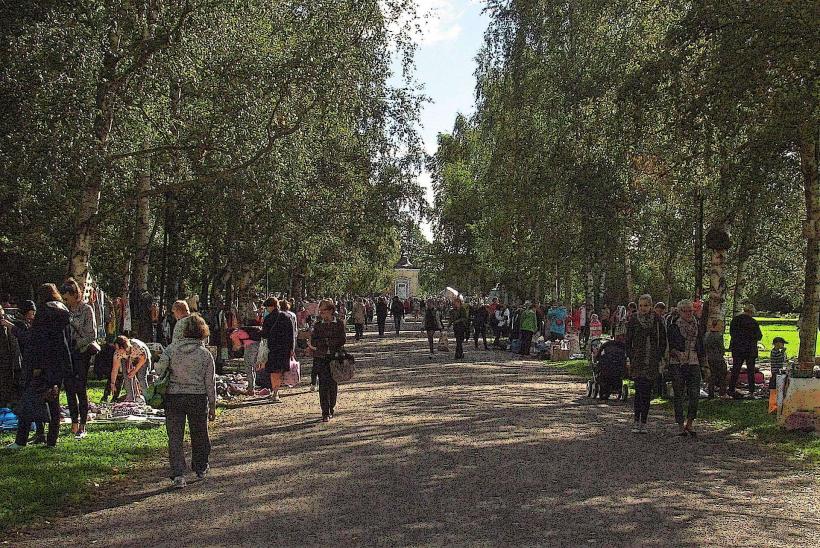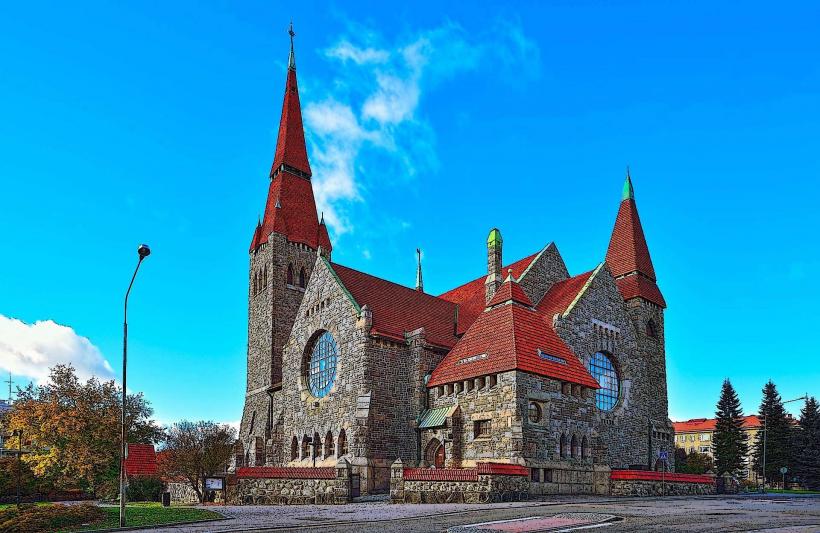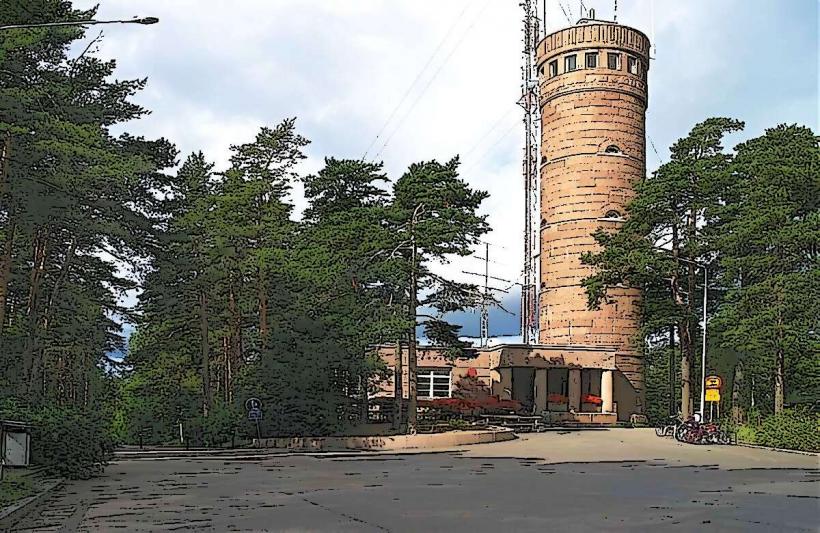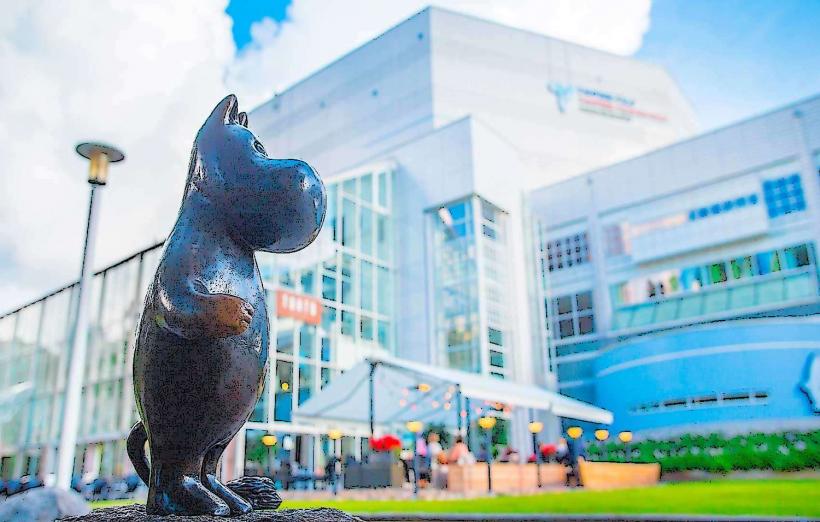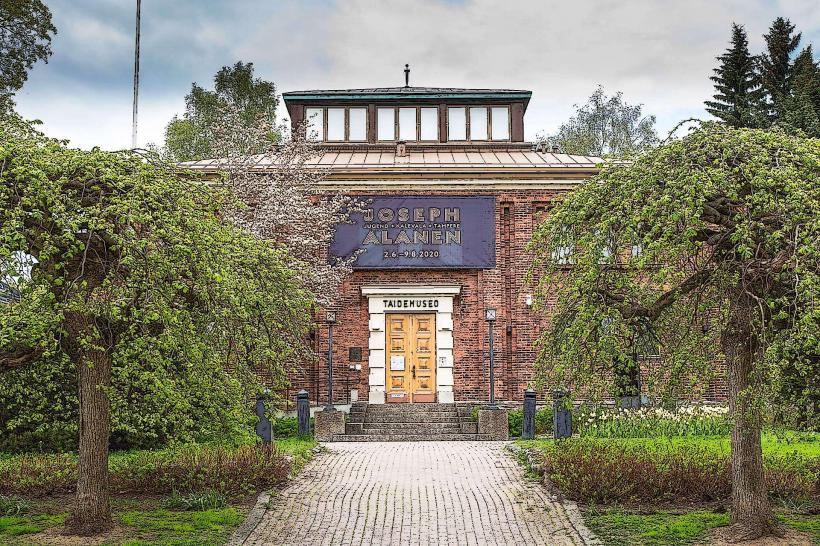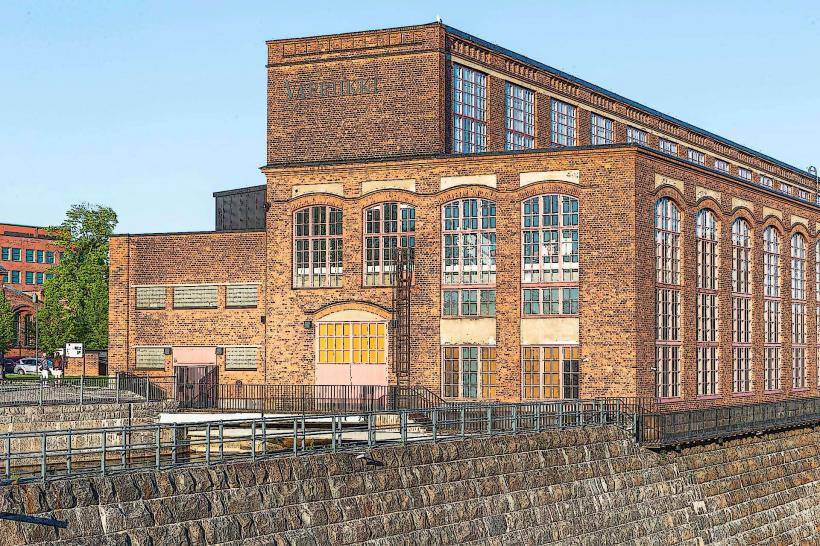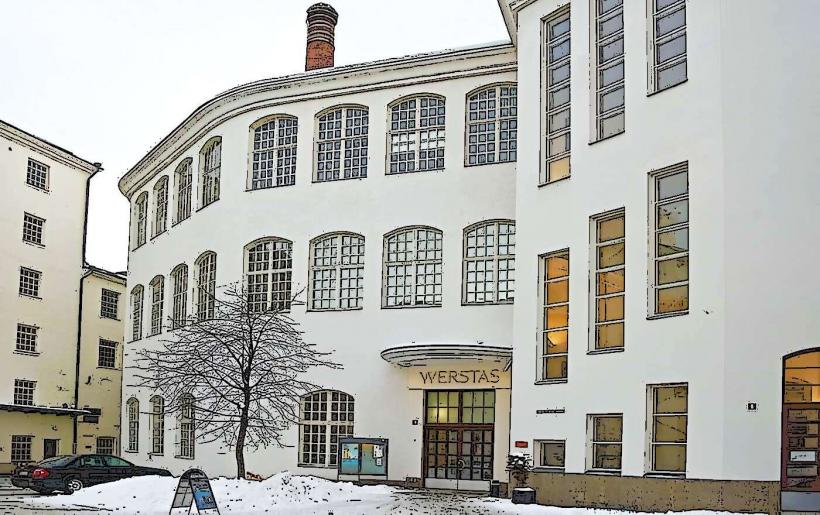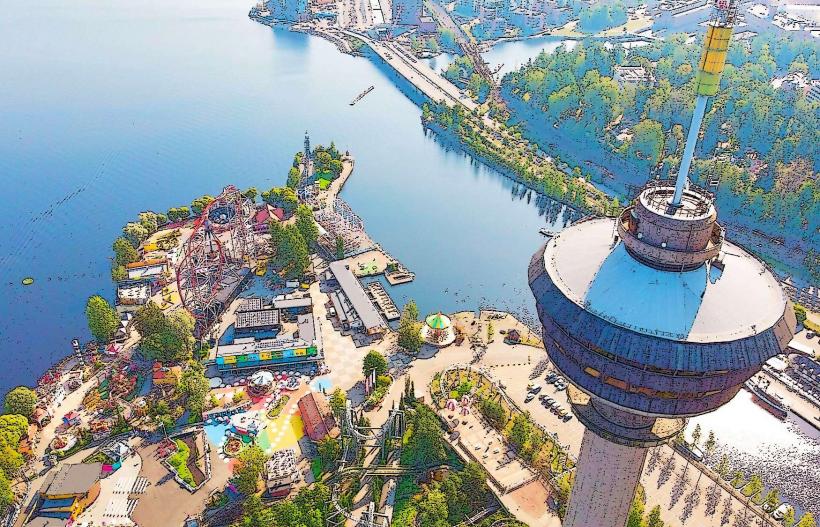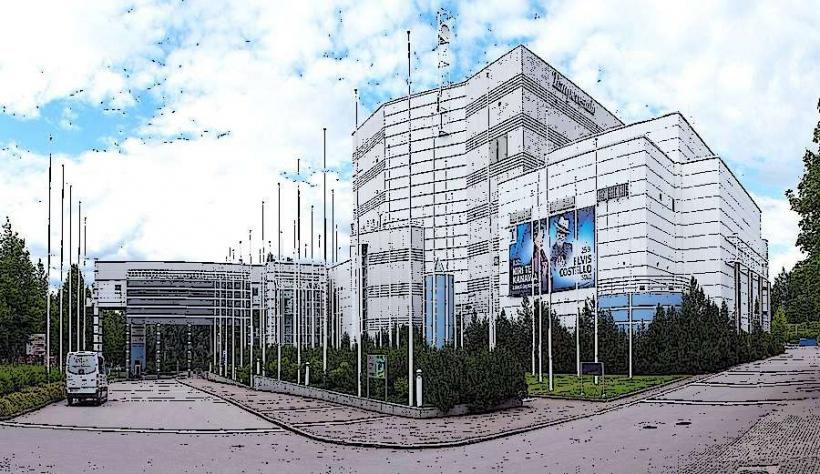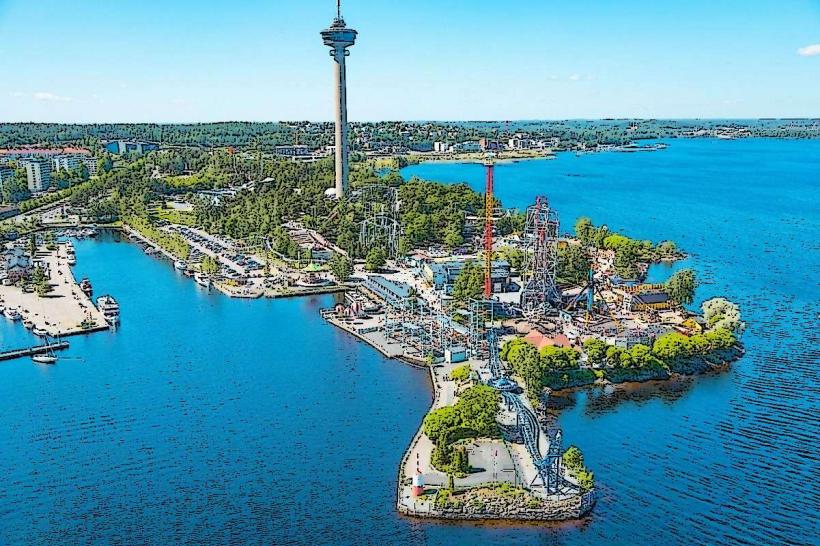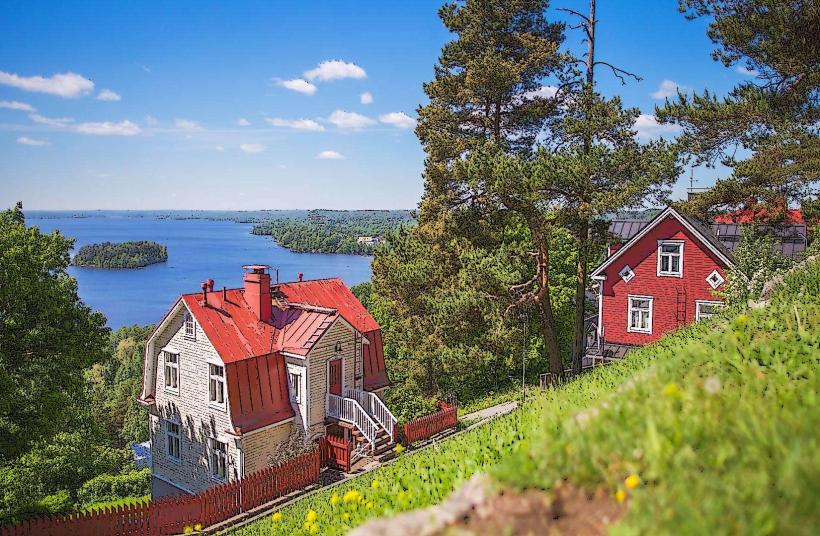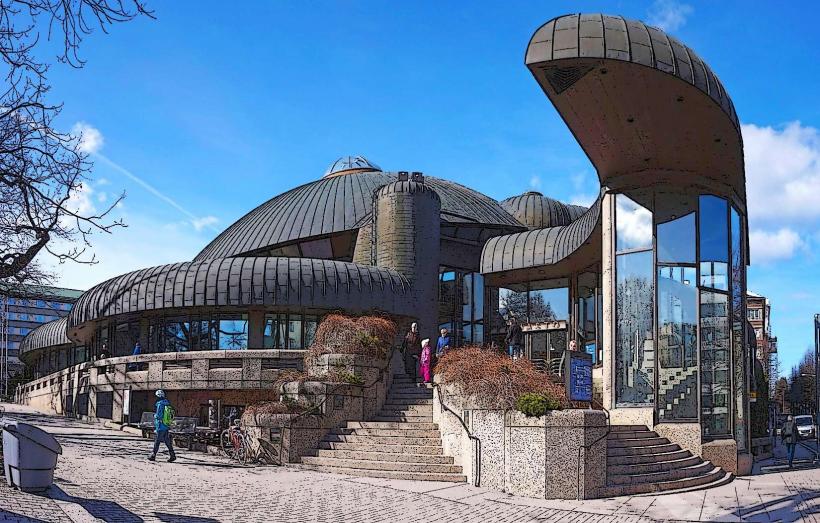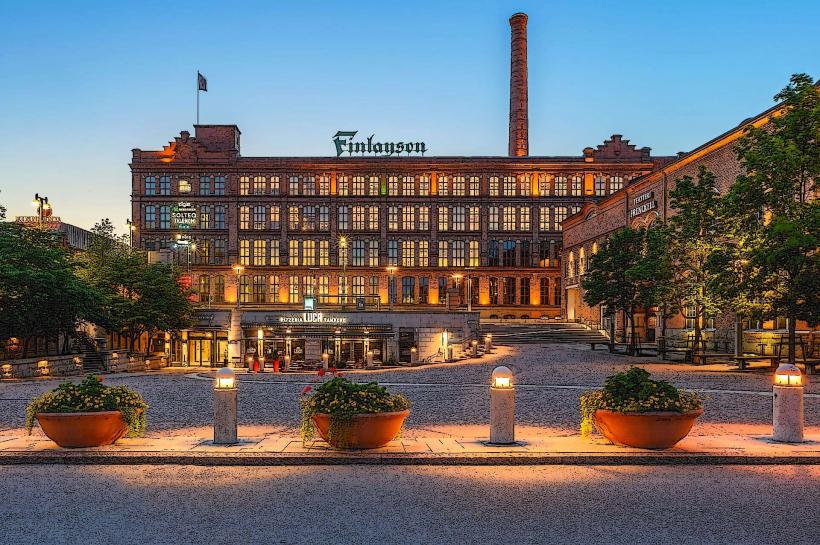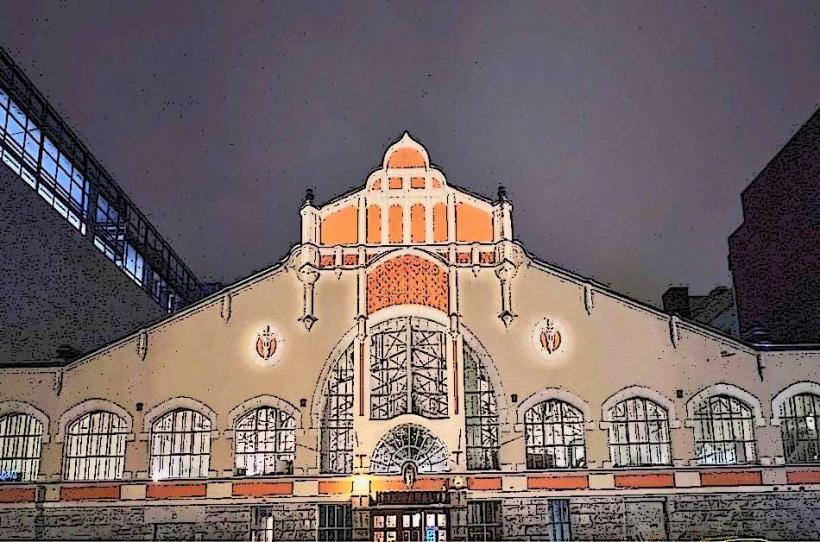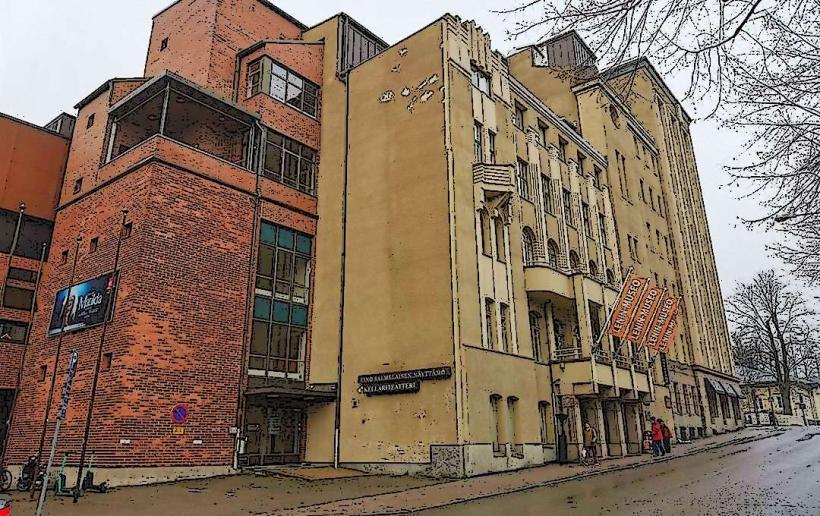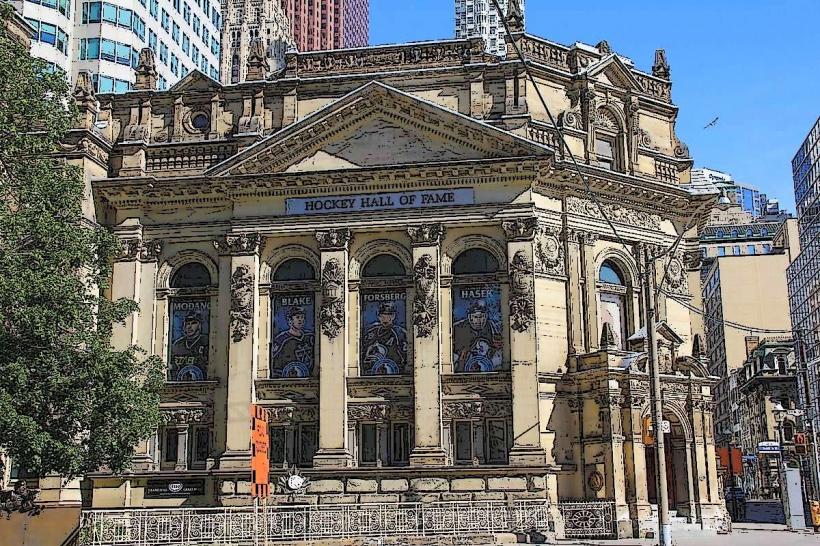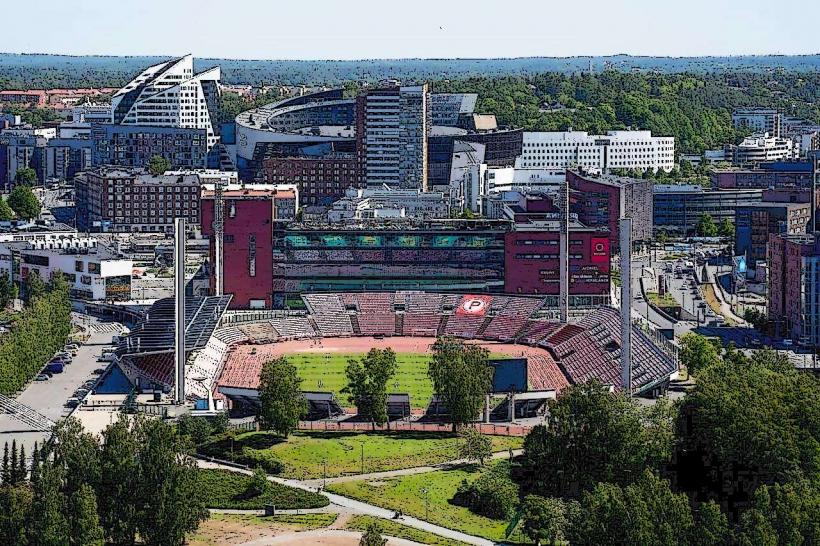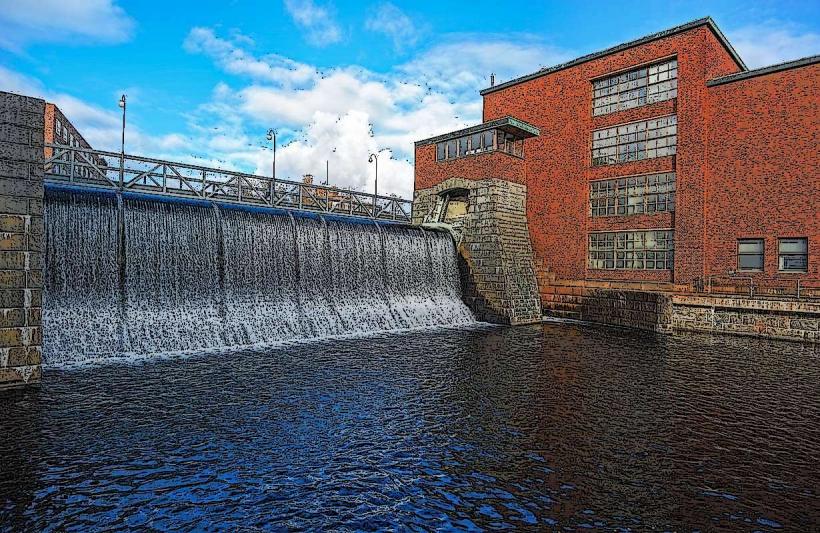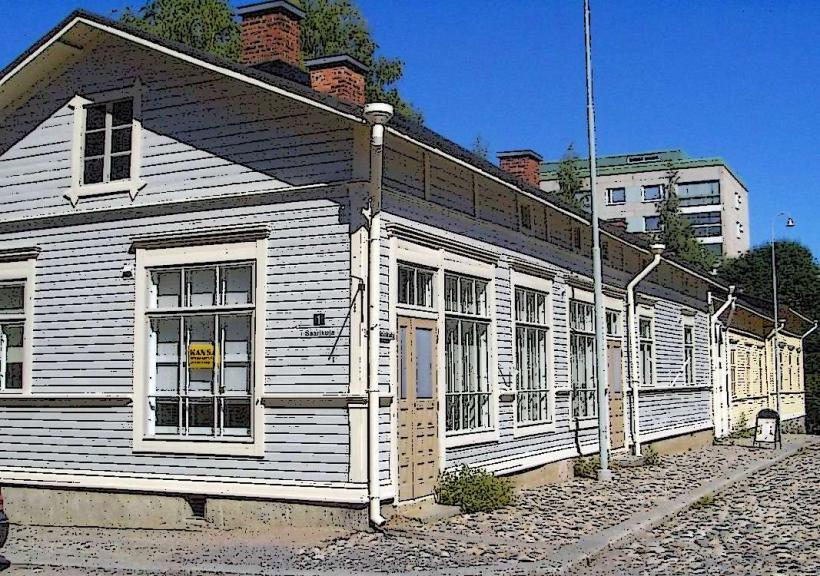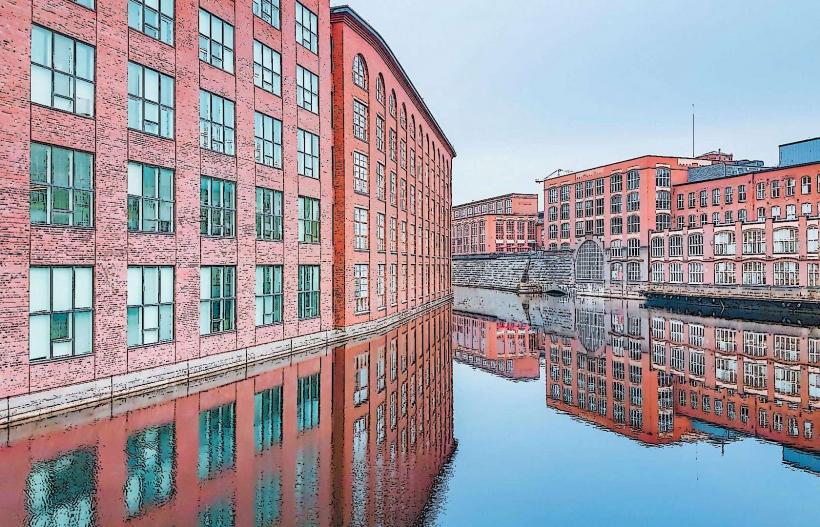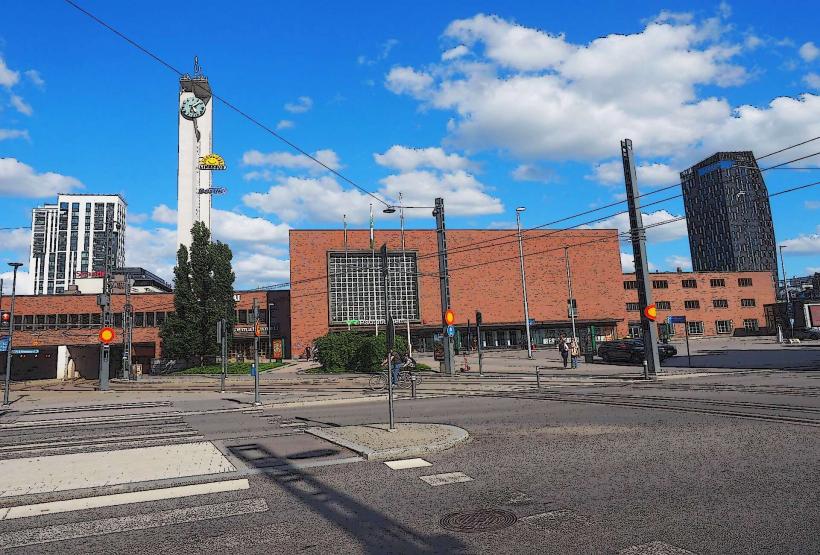Information
Landmark: Kaleva ChurchCity: Tampere
Country: Finland
Continent: Europe
Kaleva Church (Kalevan kirkko) is one of Tampere’s most distinctive and modern architectural landmarks. Known for its unique design and bold appearance, the church stands as a testament to innovative 20th-century architecture in Finland. Located in the Kaleva district of Tampere, this church is both a functional place of worship and a prominent piece of modern religious architecture.
1. History and Construction
- Built: The church was completed in 1966, serving the Kaleva area, which had been undergoing significant development in the post-war years.
- Architectural Design: The design of the church was the work of the Finnish architect Reino Pyykkö. It is known for its innovative use of concrete and its abstract, sculptural forms.
- Purpose: Kaleva Church was built to accommodate the growing population in the area and to provide a modern space for worship and community activities.
2. Architectural Features
- Exterior Design: The church’s most striking feature is its futuristic and angular design. The exterior is dominated by concrete and glass, and the structure features a unique combination of curves and sharp lines. The building’s distinctive silhouette makes it stand out among other churches in Finland.
- The church is built in a geometric style, with a tapered roof and a combination of rounded and angular forms that give it a sculptural, modernist aesthetic.
- The roof design is one of its most eye-catching aspects, as it forms a sharp peak, which is visually dramatic and symbolic of the church’s connection to both earth and sky.
- Material Use: The extensive use of concrete, glass, and natural stone in the church's construction creates a minimalist but powerful visual impression. The building was designed to harmonize with its surroundings while also standing out as an innovative architectural piece.
- Bell Tower: The church has a distinctive bell tower, which stands separate from the main structure. The tower is also built from concrete, with a sleek, modern design.
3. Interior Design
- Spacious and Minimalist: The interior of Kaleva Church follows the modernist approach with an emphasis on simplicity and functionality. It features an open and spacious layout that is both calming and conducive to contemplation.
- The central space is unobstructed, with simple wooden pews arranged in a way that directs focus towards the altar.
- The use of natural light plays a significant role in the interior, with large windows that allow light to filter into the space, creating a serene atmosphere. The church's minimalistic style is enhanced by the clean lines and subtle design elements.
- Altar and Ambience: The altar is understated and modern, in keeping with the church's overall minimalist aesthetic. A simple cross is placed above the altar, and the design of the space emphasizes the spiritual experience rather than ornate decoration.
- Art and Decoration: While the interior is minimalist, it features some works of art that complement the serene ambiance of the church. For example, there is a large stained-glass window behind the altar that adds color and texture to the space. The stained glass is known for its abstract and symbolic design, focusing on spiritual themes rather than traditional religious imagery.
4. Significance and Symbolism
- Modernist Approach to Worship: Kaleva Church is a prime example of how modernist architecture can be applied to religious buildings. The church’s design breaks away from traditional church layouts, offering a more open and fluid space for worship, reflection, and community events.
- Community Space: In addition to its role as a place of worship, Kaleva Church serves as a cultural and community center for the local population. It hosts various events, including concerts, exhibitions, and educational programs.
- Symbolic Design: The architectural design of the church reflects themes of spirituality, transcendence, and connection between humanity and the divine. The angular, sharp lines are meant to evoke a sense of upward movement, symbolizing the aspiration toward higher ideals, while the simplicity and openness of the interior reflect the modern approach to faith and spirituality.
5. Visitor Experience
- Accessibility: Kaleva Church is open to visitors, both for religious services and for those interested in experiencing its unique architecture. It is fully accessible and often visited by those interested in Finnish modernist design and religious architecture.
- Services and Events: The church regularly hosts worship services, weddings, and baptisms, as well as a variety of community events. It is an active part of the Kaleva district’s social and cultural life.
- Guided Tours: For visitors interested in learning more about the church’s history and architectural features, guided tours are often available, providing deeper insights into the design philosophy behind this modernist gem.
6. Conclusion
Kaleva Church is a remarkable example of modernist religious architecture in Finland. Its innovative design, minimalist interior, and bold use of materials make it a standout landmark in Tampere. The church is not only a place of worship but also a symbol of the changing architectural and spiritual landscape of Finland in the 1960s. Whether you’re drawn to its architectural beauty, its peaceful atmosphere, or its significance in the context of Finnish religious and cultural history, Kaleva Church offers a unique and enriching experience.

